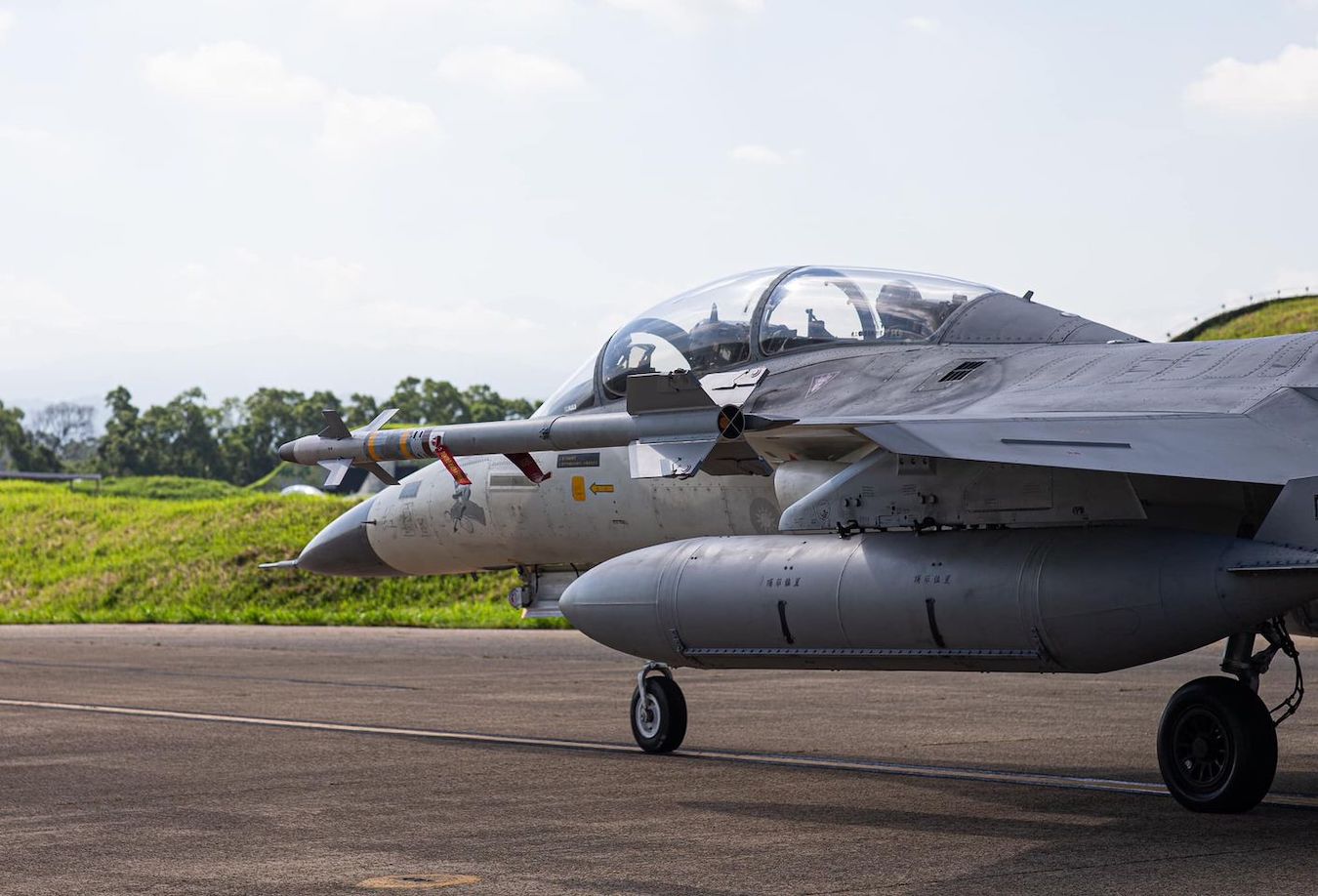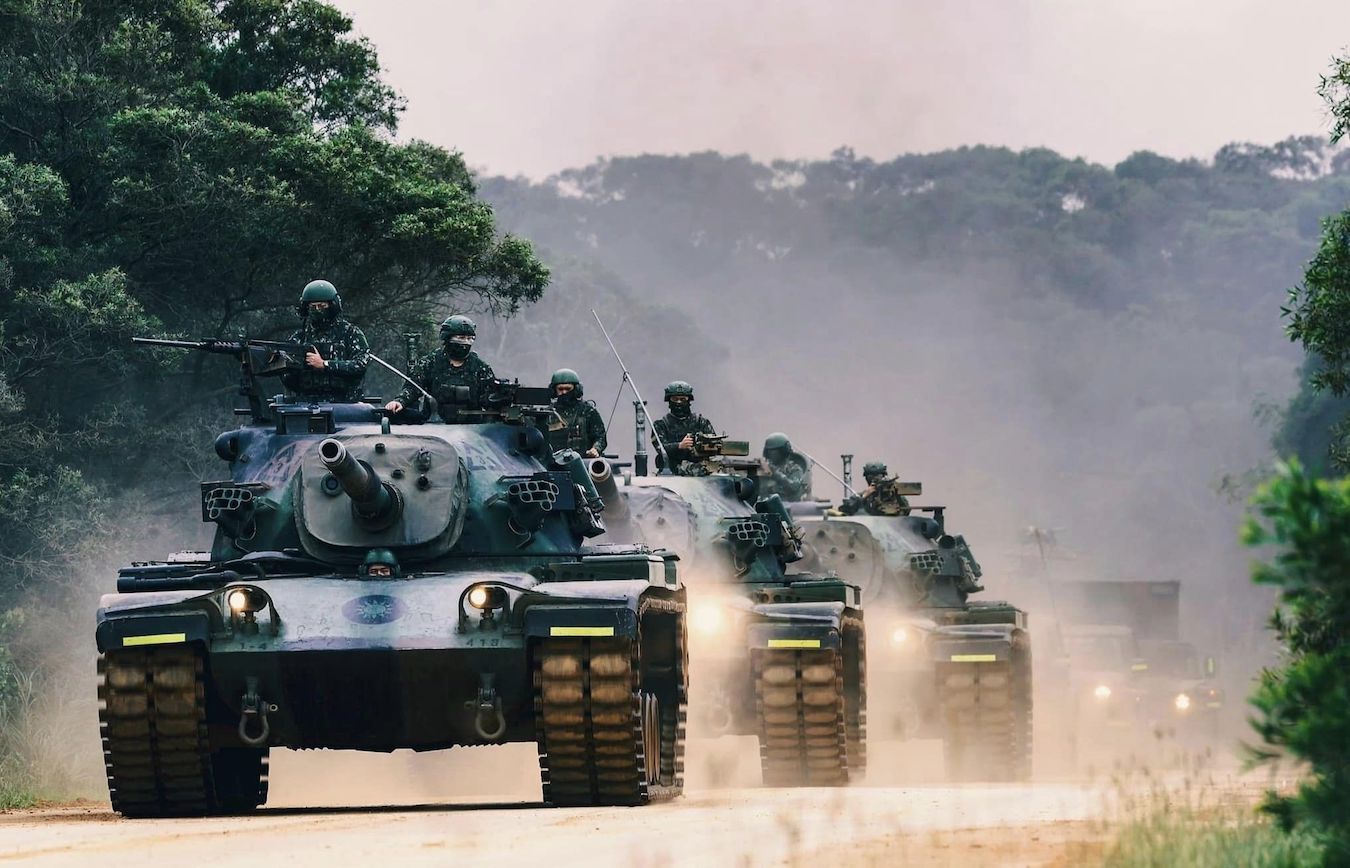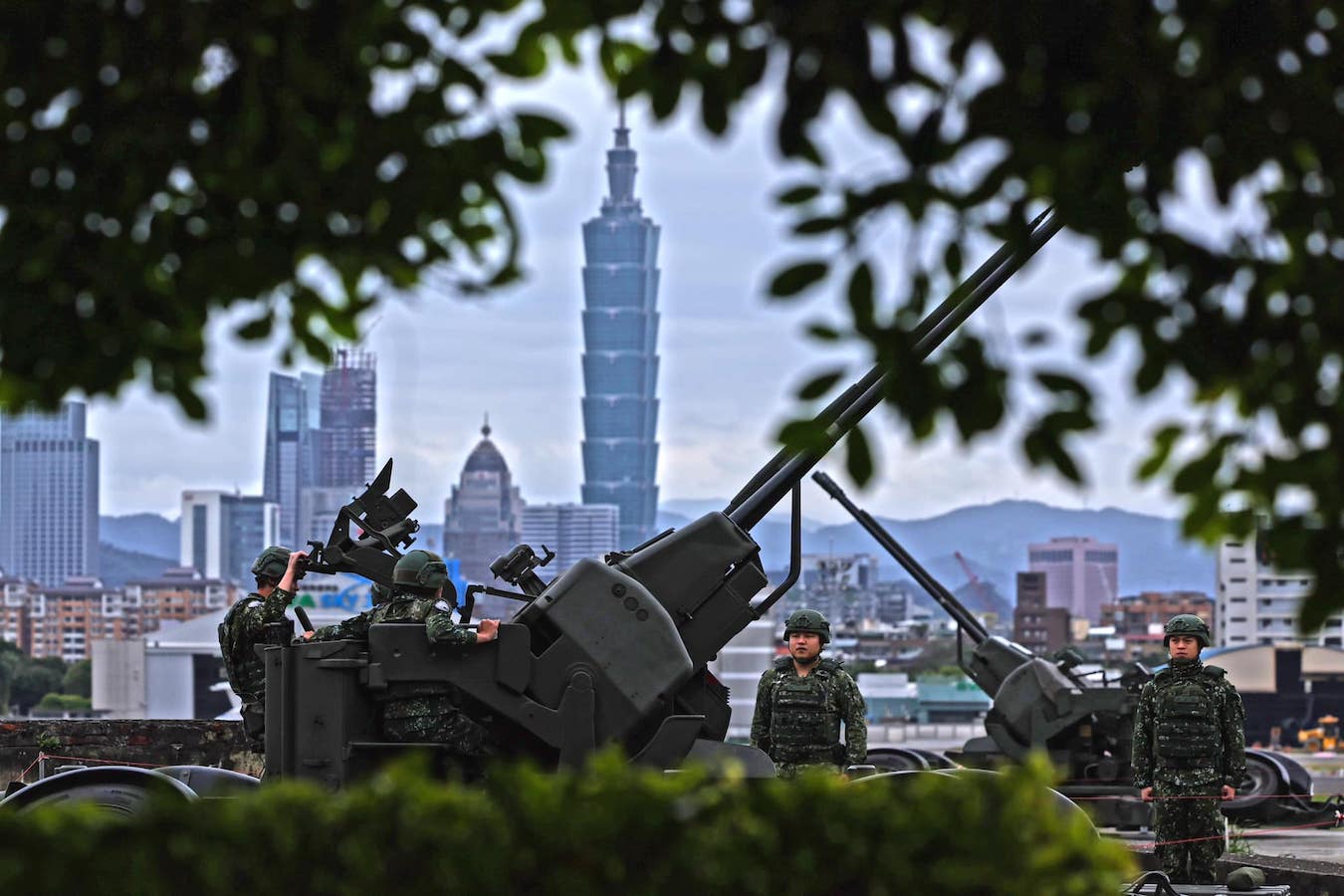by Brian Hioe
語言:
English
Photo Credit: 國防部發言人/Facebook
CHINA CONTINUES to present mixed signals after the end of the three days of live-fire drills that it announced on Saturday.
Namely, China first announced that it would be imposing a no-fly zone on an area 85 nautical miles north of Taiwan from April 14th to April 16th from 9 AM to 2 PM. As details emerged, as it transpired, China framed this as related to potential debris from aeronautical activity.
China then later appeared to backtrack on this plan after protests from Taiwan’s Ministry of Transportation of Communications (MOTC). After protest from the MOTC, this was instead reduced to a 27-minute period on April 14th from 9:30 AM to 9:57 AM. But this was extended back to six hours on April 14th after an announcement today.

Photo credit: 國防部發言人/Facebook
It proves unusual for China to backtrack in the face of mere diplomatic protest from the Taiwanese government. It is more common for the Chinese government to simply shrug off protests from Taiwan.
It is not impossible that the Chinese government will amend this plan down the line. Namely, if China backing causes it to be seen as weak, or caving in the face of Taiwanese pressure, China may reverse course.
At the same time, though perhaps a bit unlikely, it is also not impossible that the no-fly zone was not actually related to the live-fire drills but was poorly timed. Part of the Chinese live-fire drills involved the People’s Liberation Army (PLA) hitting simulated targets and drilling took place on Pingtan Island, which was where the PLA fired missiles that passed over Taiwan during the live-fire exercises that took place after then-US Speaker of the House Nancy Pelosi’s visit to Taiwan in August 2022. The missiles that passed over Taiwan could be better understood as passing into space rather than over Taiwan, but the Chinese government sought to engender this perception as a way of threatening Taiwan.
To this extent, China framed its three-day exercises as aimed at simulating a blockade of Taiwan. The Chinese government announced that it would be searching Taiwanese-flagged vessels in parts of the Taiwan Straits during the drilling, which was interpreted as a “soft blockade” by some. Certainly, there has been increased discussion of a blockade or other intermediate scenarios between a full-scale invasion by China and no action in the eight months since the Pelosi visit, and China wishes to create the international perception that it can conduct a blockade.
To this extent, the Chinese government claimed to escort a ferry between the outlying island of Matsu and China, for example, even if the Taiwanese government has denied it and emphasized that Taiwanese navy vessels escorted the ferry. The Chinese government is likely hoping to create the perception that it already controls the Taiwan Straits, not only directed to Taiwanese in order to try and cement the view that resistance is futile against China, but for members of the international community who may know less about the current geopolitical status of Taiwan.

Photo credit: 國防部發言人/Facebook
More directly, the Chinese government has announced that it will be investigating trade barriers on 2,455 products that Taiwan has blocked from China. This proves the latest attempt by China to economically pressure Taiwan, with it more common in the past for China to suddenly announce import suspensions of Taiwanese goods ranging from snacks, beer, and beverages, to pineapples, custard apple, fish, and other agricultural products, as a means of pressuring Taiwanese companies and farmers. Although Taiwan has threatened to take the matter of such import suspensions to the World Trade Organization as unfair trade practices, the danger of this approach is that China could potentially also take action against Taiwan over its trade practices–and China may have more firepower in the international body than Taiwan does.
Even as China’s drills ceased economic means of pressure persist. But it is also possible that, in spite of the reduction in the duration of the no-fly zone, China could simply announce more exercises. This took place in August of last year as well, with China announcing more drills after the end of its initial round. In this sense, it was premature for anyone to conclude that China was seeking to be less escalatory than in August because its drills were not as close to Taiwan then. After all, if China felt its moves were perceived as looking weak, China could simply step up pressure. Perhaps the confusion is itself the point–strategic ambiguity in a different sense than it is usually applied to cross-strait relations.



